May 22, 2025
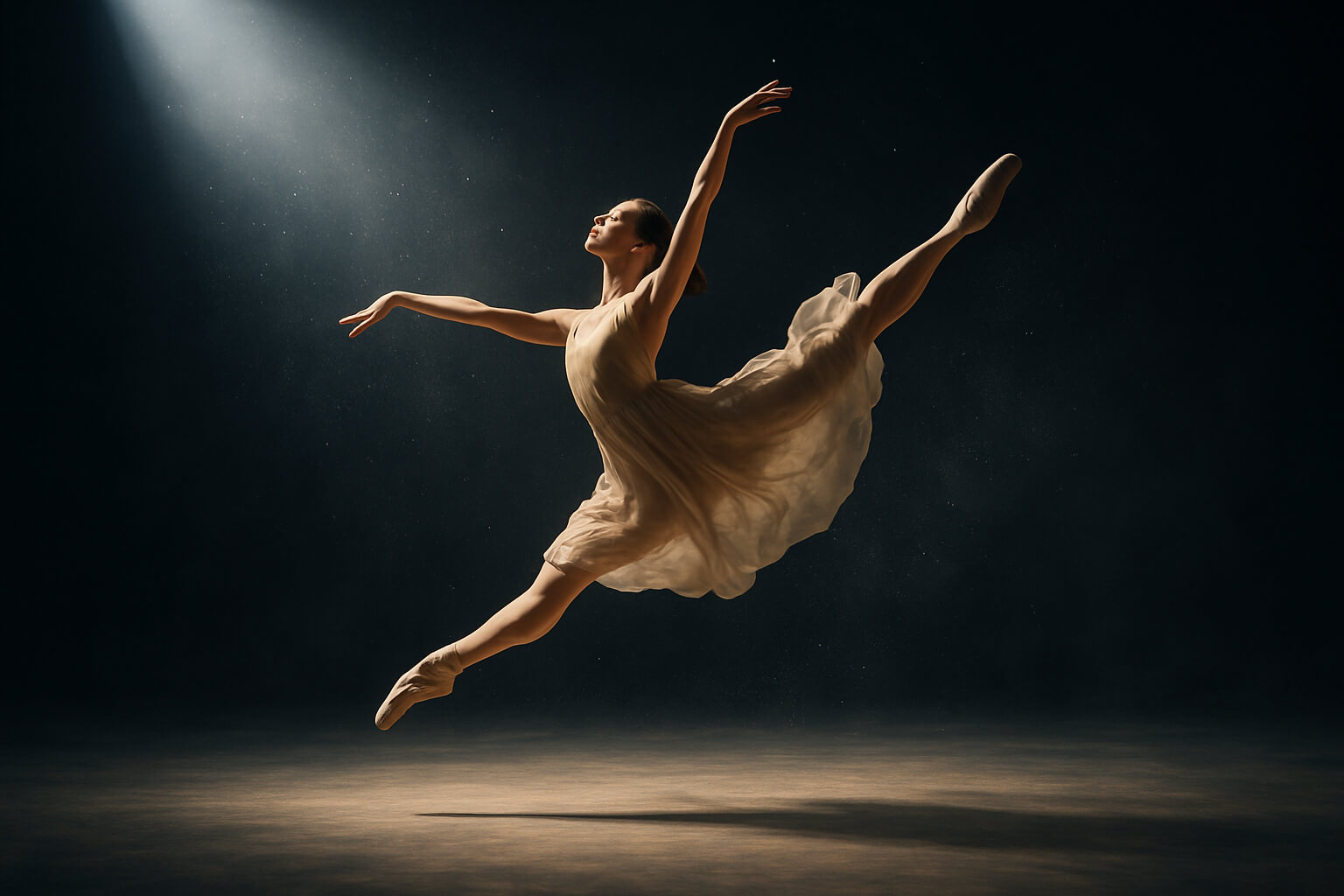
Photography and dance share something incredibly powerful: they both convey stories through motion and stillness. Capturing dance isn’t just about freezing action—it’s about conveying emotion, precision, and rhythm in a single frame. Whether you’re photographing a ballet recital, a hip-hop session, or a contemporary solo, your job is to interpret the dancer’s movement in a way that speaks to the viewer, conveying the emotion and intent behind it.
Each style of dance tells its own story through specific movements, rhythms, and emotional expression. As a photographer, understanding the unique style of the dance can make all the difference between a stiff shot and an image full of life. Familiarize yourself with the dance form you are capturing so you can anticipate key moments and capture the essence of the movement.
For example, ballet is rooted in form and balance. Movements like the arabesque or grand jeté are about beauty, fluidity, and elegance, so capturing those in full extension will convey the gracefulness of ballet. On the other hand, hip-hop dance is about power, attitude, and bold gestures. Shots of mid-air freezes, sharp movements, or dynamic poses capture the energy of hip-hop in ways that reflect its roots in street culture. Learn more cinematic shooting techniques here.
This is similar to cinematic wedding photography, where understanding the couple’s dynamic and the emotions of the day allows you to frame shots with depth, context, and emotional weight. Knowing the context behind each motion adds richness to your photos, making them more than just technical shots.
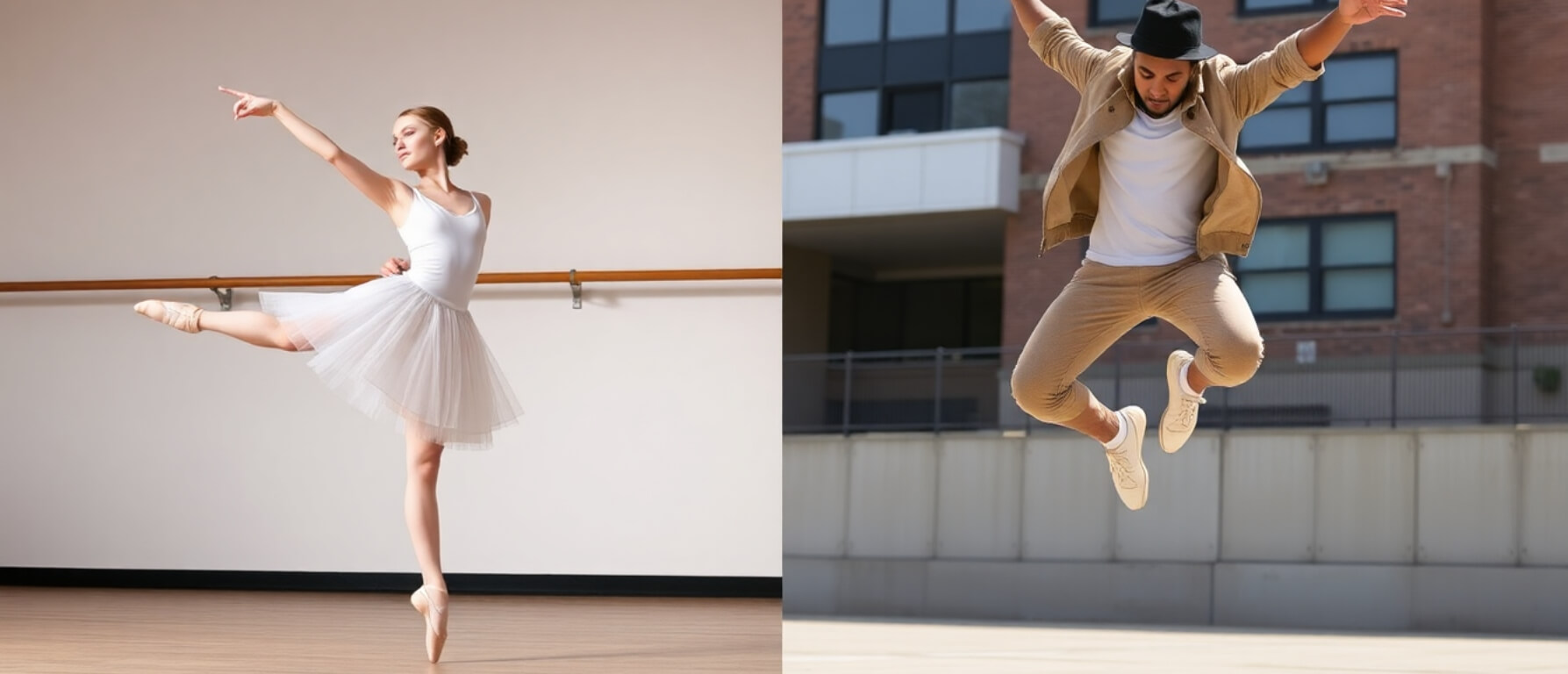
The most compelling dance photographs are the ones that evoke emotion—not just movement. Capturing emotion in dance is not limited to just the body; it's about the entire dancer's presence, including the face, the hands, and even the tension in the neck. Each movement conveys a different feeling, whether it's joy, heartbreak, or freedom. As a photographer, guide your subject to connect with that emotion before they perform the movement. A focused expression or a simple, extended hand can speak volumes in the final shot.
For example, if you're photographing a dancer mid-jump in a contemporary dance piece, ask them to think about the emotion behind the leap—maybe it's a feeling of release or yearning. A subtle curve of the dancer's body in mid-air can say more than just a perfect extension.
This approach also aligns with techniques in double exposure photography, where you can combine silhouettes of dancers with abstract or environmental backgrounds to tell a layered story. Double exposure photography is a powerful way to convey the emotion and depth of a dancer’s movement alongside their surroundings.
Explore: If you're interested in layering movement and mood through double exposure techniques, explore double exposure ideas.
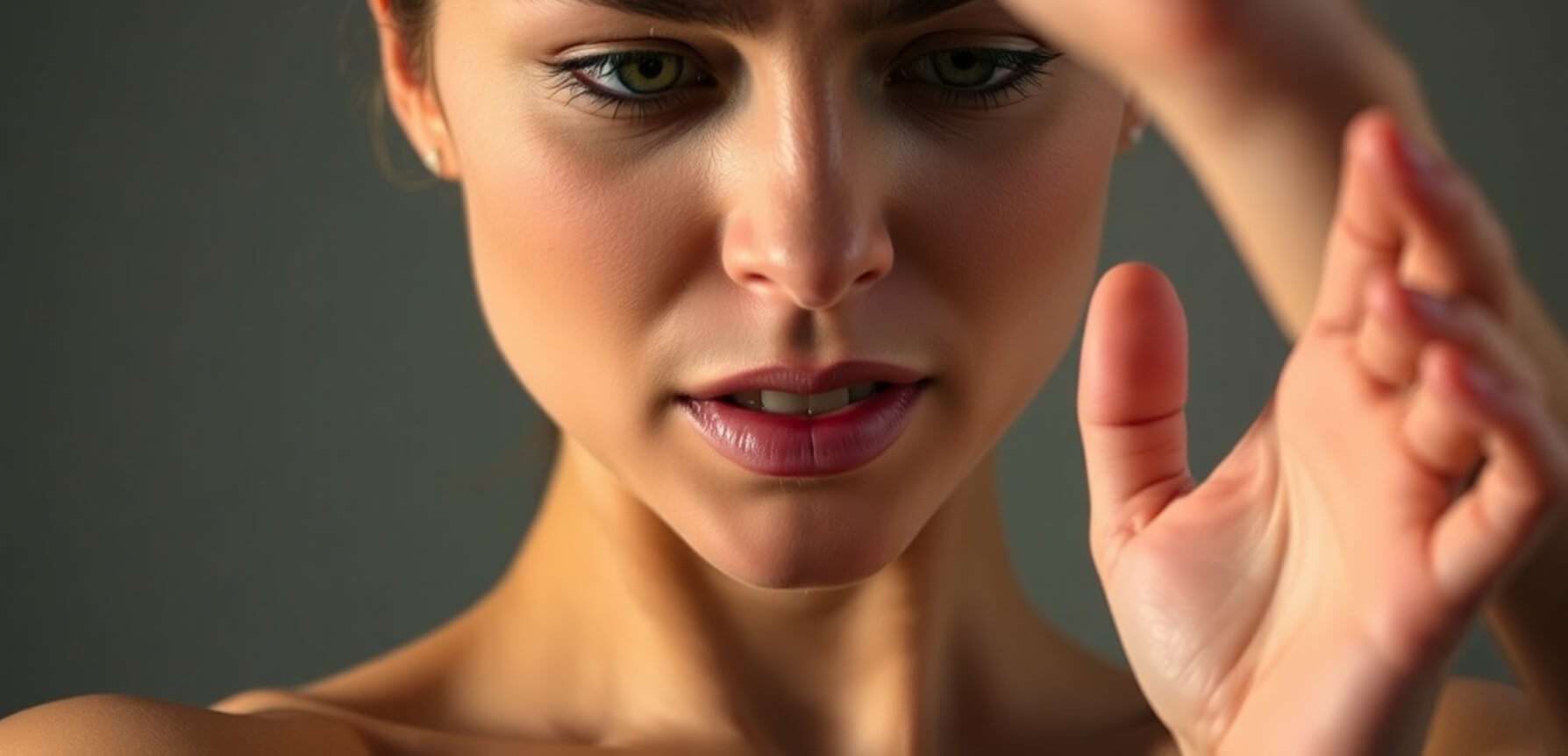
Lighting can either elevate or destroy the mood of your dance image. While natural light works well outdoors, studio or stage setups require deliberate control. Consider using split lighting to create drama and highlight muscle definition or facial features. This approach works wonders in genres like flamenco or contemporary where contrast enhances emotion. Here’s a breakdown of how to use split lighting creatively.
Split lighting, for instance, is a technique that involves positioning the light to one side of the subject, creating dramatic shadows and highlighting muscle definition. This is especially effective for high-energy genres like flamenco or contemporary dance, where the contrast between light and shadow can enhance the emotional tension of the image. Split lighting can also help emphasize the dancer’s facial features, capturing the raw emotion in their expression.
If you're shooting outdoors, natural light can be your best friend, but when working in a dance studio, you may need additional artificial lighting to create depth. Using key lights, backlights, or softboxes can help balance the lighting and avoid flat shots.
For more comprehensive lighting techniques suitable for dance studios or performance shoots, refer to the beginner’s guide to creative studio lighting.
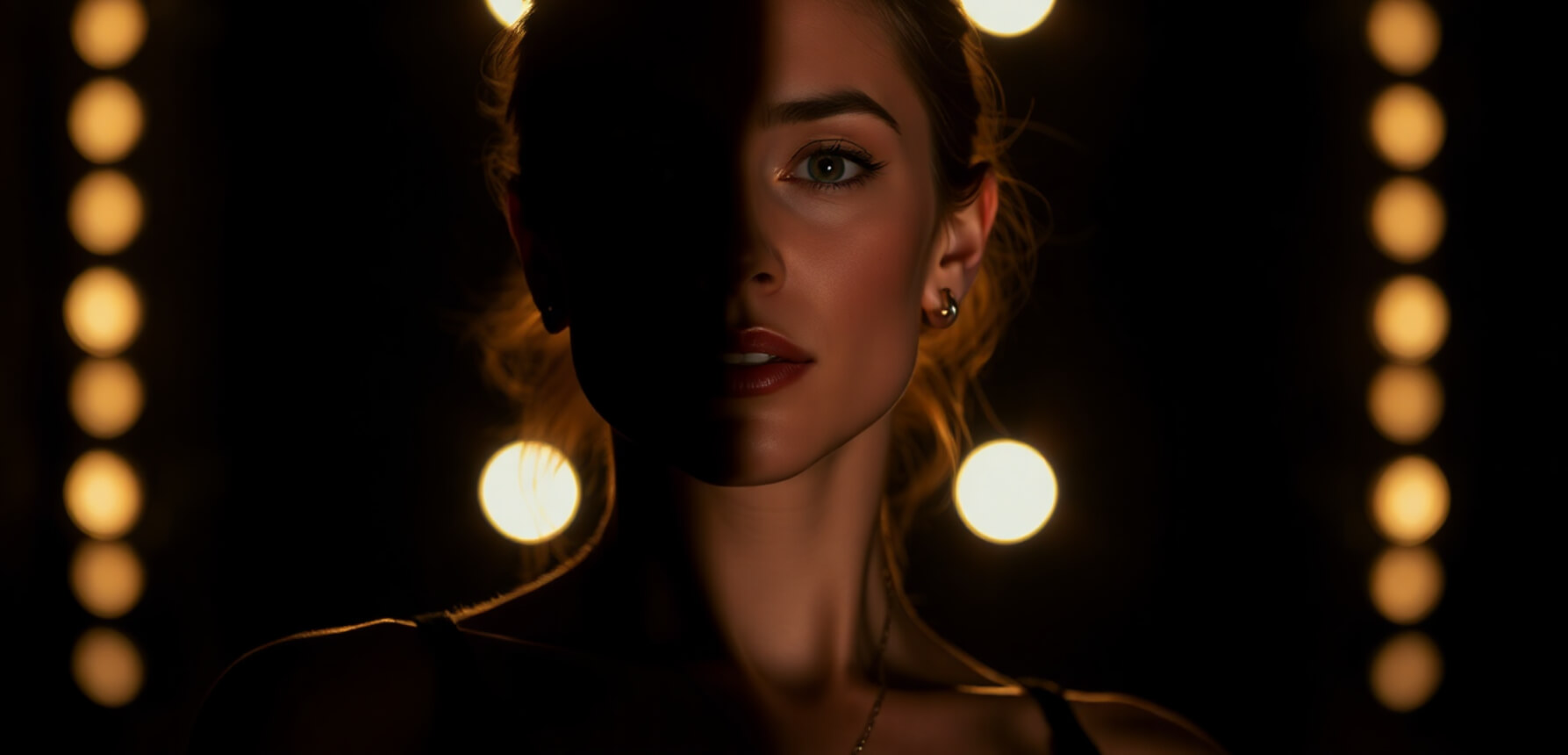
Dancers are dynamic, fluid creatures, and knowing when to freeze their movement or embrace motion blur is an art in itself. The decision between freezing action or allowing motion blur often comes down to the feeling you want to convey in the image.
For example, if you want to capture the energy of a powerful jump or spin, use a fast shutter speed (around 1/1000s or higher) to freeze the motion. This technique is perfect for jumps, spins, or dramatic poses. But if you're shooting a slower movement, like a dancer's hand sweeping through the air or a skirt spinning, slower shutter speeds (1/30s or lower) allow you to introduce motion blur. This captures the essence of flow and adds a sense of movement and grace to the shot.
Some of the best photo editing apps of 2025 now include intelligent motion correction and blur filters that allow you to perfect these shots afterward. If you’re working from mobile or desktop, check out these editing apps for enhancing dance photos.

Good composition is more than just framing; it’s about creating space for the dancer to breathe and move. When photographing dance, the framing of your shot can add layers of meaning and elevate the emotional power of the moment. A good way to capture the fluidity of movement is by experimenting with different angles and perspectives.
For instance, shooting from a low angle can amplify a dancer's jump or leap, making them appear taller and more powerful. You can also tilt your frame to match the dancer's body lines, creating a sense of dynamic tension. Negative space is another important tool—by allowing the dancer to be off-center, you can create a sense of isolation or freedom, depending on the context of the movement.
Using tripods or handheld stabilizers can help you keep the camera steady, especially if you're experimenting with slow-motion or blur-friendly shots. These tools provide stability and control, which is crucial when shooting in unpredictable environments.
Also, consider using tools like tripods or handheld stabilizers for slow-motion or blur-friendly setups. If you're building a photography business around dance or performing arts, proper equipment selection matters. These recommended tripods for travel and studio photography provide both mobility and control, especially for unpredictable environments.
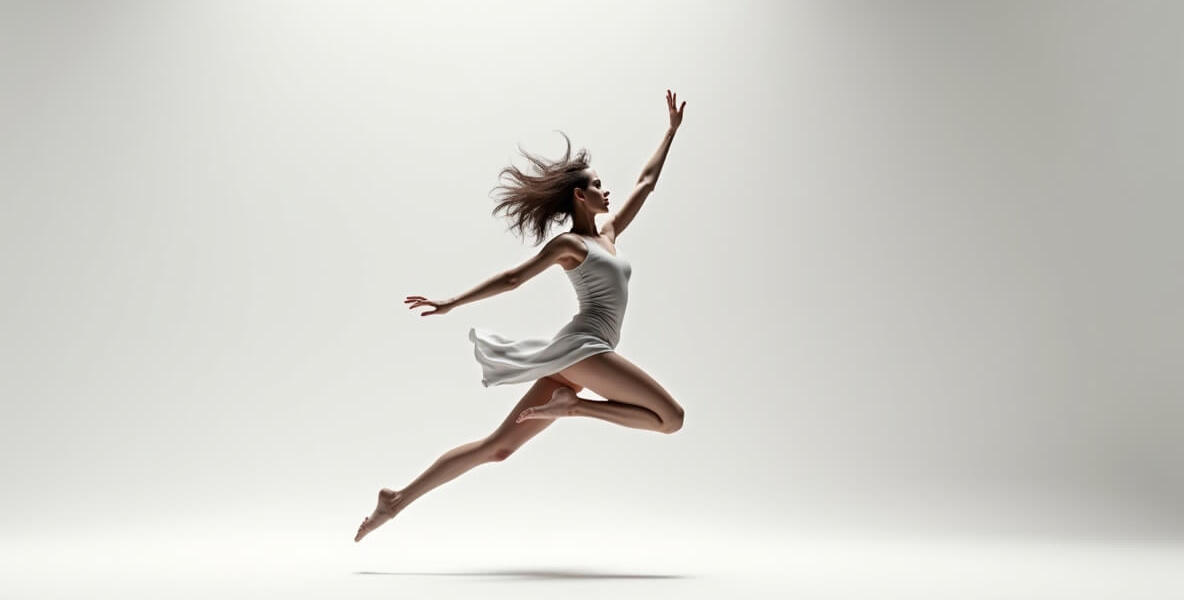
Dance photography is a collaborative process, and the comfort of your dancer should always come first. The more at ease the dancer feels, the more expressive and authentic their movements will be. Building a rapport with your subject is crucial. Allow them to evaluate their form and posture, and be open to their feedback. This is especially true in performance photography or portfolio shoots, where the goal is to capture not just the movement but the emotion behind it.
One important part of this collaboration is showing the dancer previews of the shots. This feedback loop helps them adjust their form, make minor tweaks, and feel more comfortable with the process.
If you’re planning to price your sessions—recitals, portfolio shoots, or promotional gigs—knowing how to charge appropriately is essential. Follow this step-by-step pricing guide for photography services to build a sustainable model around dance photography work.
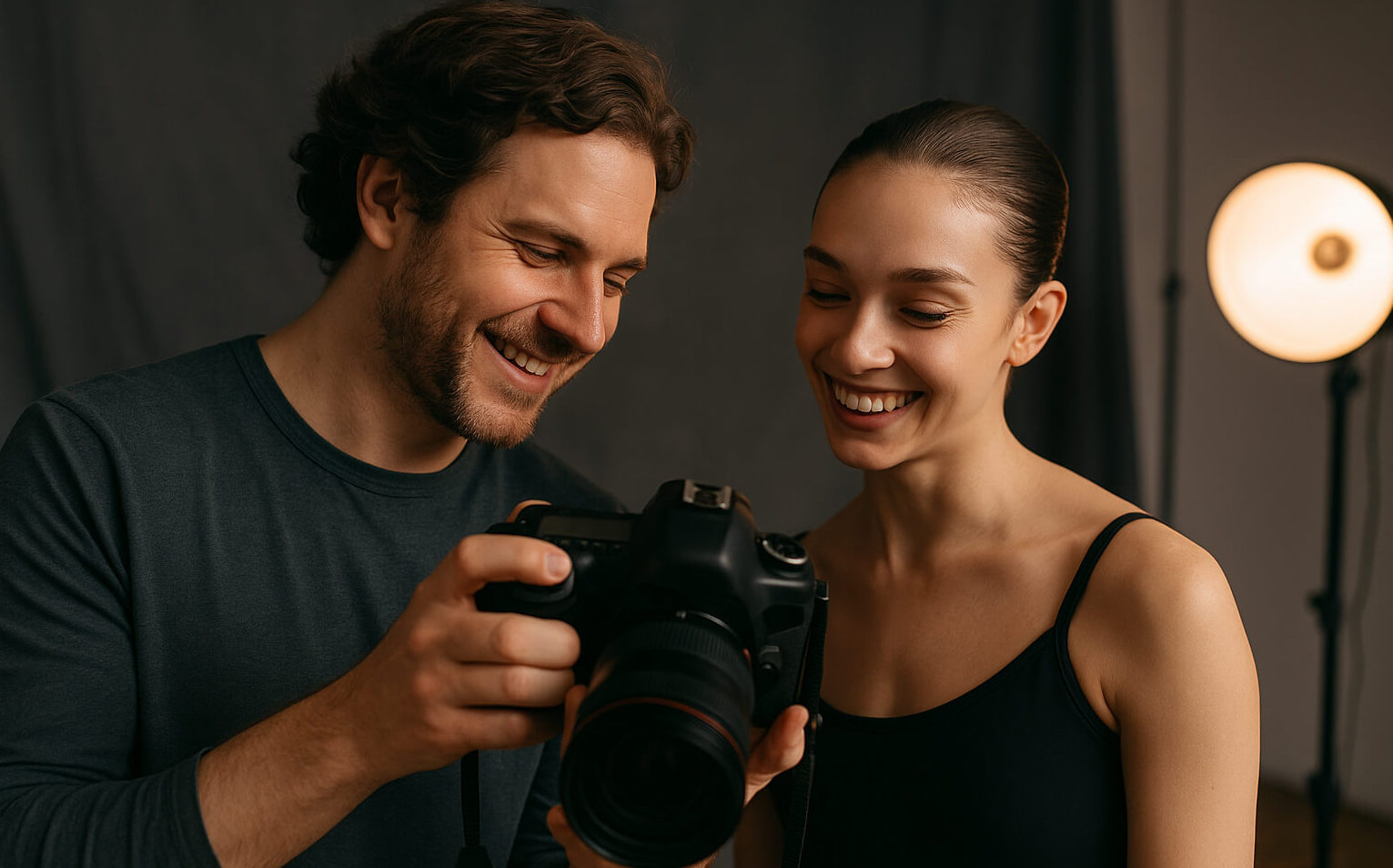
Capturing dance poses is more than timing—it’s about capturing a fleeting emotion, a narrative in motion. With the right understanding of movement, emotion, lighting, and composition, you can craft portraits that sing even in stillness.
Whether you're shooting ballet in a studio, freestyle in the streets, or cultural performances on stage—you’re not just taking pictures. You’re preserving a performance.
Stay up to date with the newest tips, gear reviews, and step-by-step guides to elevate your photography journey from home and beyond.